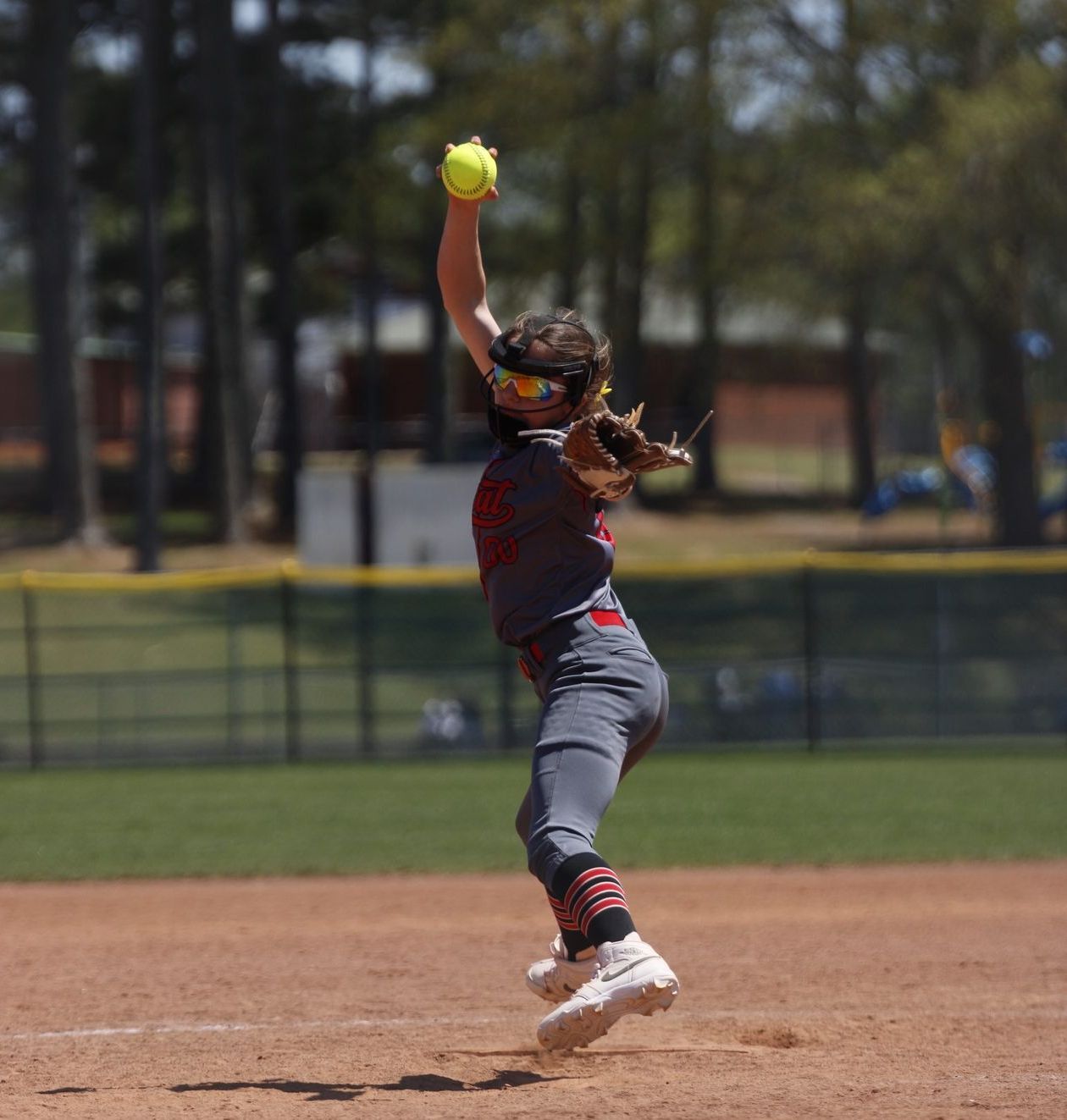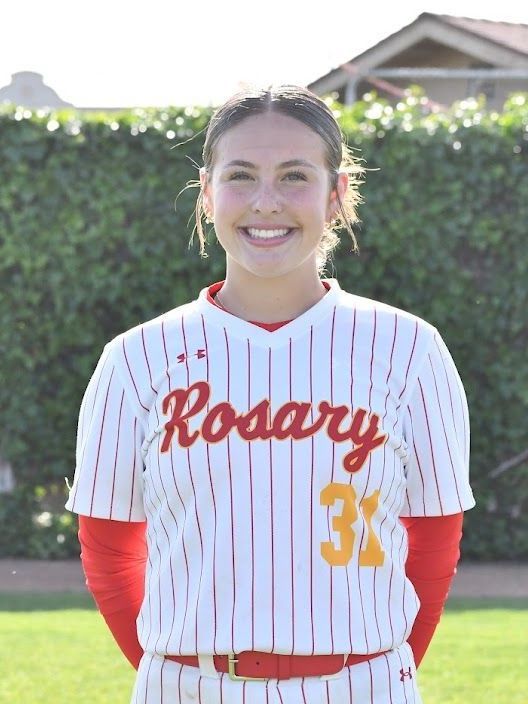Chasing the Dream: How Softball Players Pursue College Scholarships
Chasing the Dream: How Softball Players Pursue College Scholarships
For countless high school softball players across the United States, the dream of playing college softball comes with a tantalizing bonus: the chance to earn a scholarship that offsets the steep cost of higher education. With tuition prices soaring and athletic scholarships offering a lifeline, the pursuit of a college roster spot has become a fiercely competitive journey. As of March 29, 2025, the landscape of college softball recruiting is evolving, presenting both new opportunities and persistent challenges for aspiring athletes.
The Stakes Are High
Softball scholarships are a golden ticket for many families. The average cost of attendance at a four-year college can range from $25,000 to $50,000 per year, depending on whether the school is public or private, in-state or out-of-state. For a standout high school softball player, an athletic scholarship could cover a significant portion—or in rare cases, all—of those expenses. But the reality is stark: only about 7.8% of high school softball players make it to the collegiate level, and an even slimmer 1.6% reach NCAA Division I, where the most lucrative scholarships are often found.
The numbers tell a tough story. In NCAA Division I, each team is currently limited to 12 scholarships, though a proposed settlement could raise that cap to 25 starting in the 2025-2026 academic year. Even then, softball is an “equivalency sport,” meaning coaches can divide those scholarships among multiple players, often resulting in partial awards rather than full rides. Division II offers 7.2 scholarships per team, while NAIA programs provide 10, and junior colleges (NJCAA) lead with 24. Division III, however, offers no athletic scholarships, relying instead on academic and need-based aid. With millions of girls playing high school and travel ball each year, the competition for these limited slots is intense.
The Recruiting Gauntlet
For players like Mia Torres, a junior pitcher from California, the road to a scholarship began long before her first high school varsity game. “I started playing travel ball at 10,” she says. “My parents told me if I wanted to play in college, I had to get serious early.” Mia’s story is typical of the modern softball recruit. Travel ball—competitive club teams that crisscross the country for tournaments and showcases—has become the backbone of the recruiting process. These events draw college coaches scouting for talent, and a single standout performance can put a player on their radar.
But talent alone isn’t enough. Coaches look for a complete package: athletic skill, academic performance, and character. A strong highlight video showcasing hitting, fielding, or pitching prowess is a must, often uploaded to platforms like NCSA or SportsRecruits for coaches to review. “I spent hours editing my video,” says Mia. “You have to show your best stuff—coaches don’t have time to guess what you can do.” Attending college camps and showcases adds another layer, giving players face-to-face exposure with recruiters.
Academics play a critical role, too. A solid GPA and standardized test scores can make a player eligible for academic scholarships, freeing up more athletic funds. “Coaches love it when you bring good grades to the table,” says Sarah Jensen, a former Division II coach turned recruiting consultant. “It’s less money they have to pull from their budget.”
Position Matters
Not all positions are equal in the scholarship hunt. Pitchers and catchers often top the list for bigger awards, given their pivotal roles in games. “A dominant pitcher can change a program,” Jensen explains. “Coaches will stretch their budget for an ace.” Middle infielders, like shortstops with strong bats, and power-hitting third basemen also draw attention. Outfielders and first basemen, however, face stiffer competition, with fewer scholarships typically allocated unless they bring exceptional offensive stats or unique skills, like left-handed slapping.
Take Emily Carter, a speedy outfielder from Texas. “I thought my batting average would get me noticed, but I didn’t get the offers I expected,” she says. After months of outreach, she landed a partial scholarship at a Division II school—a reminder that persistence and flexibility can pay off, even if it means adjusting expectations.
The Changing Game
The NCAA’s proposed settlement for 2025-2026 could shake up this dynamic. If approved, Division I programs might fully fund rosters up to 25 players, potentially increasing scholarship opportunities. But not all schools—especially mid-majors outside the Power 5 conferences—can afford to max out funding, which could widen the gap between the haves and have-nots. “The big schools will benefit most,” Jensen predicts. “Smaller programs might still split scholarships thin.”
The rise of Name, Image, and Likeness (NIL) deals adds another twist. While softball doesn’t yet rival football or basketball in NIL earnings, top players can supplement scholarships with endorsement money, easing financial pressure. “It’s not huge yet, but it’s growing,” says Mia, who’s already eyeing local sponsorships.
Tips from the Trenches
So, how do players tilt the odds in their favor? Experts and athletes agree on a few key strategies:
• Start Early: Contact coaches as soon as NCAA rules allow (typically September 1 of junior year) with personalized emails and follow-ups.
• Showcase Skills: Attend high-profile tournaments and camps where coaches scout, and always have an updated recruiting profile online.
• Be Realistic: Consider all divisions—D1 isn’t the only path. Junior colleges, for instance, offer a stepping stone with generous scholarships.
• Negotiate: If an offer comes, don’t be afraid to discuss terms. Coaches respect recruits who advocate for themselves.
• Stay Balanced: Injuries or burnout can derail plans, so maintain academics as a fallback.
The Heart of the Hustle
For every success story—like the Sanger High senior who signed a full ride to Fresno State in 2017—there are countless players grinding through rejection and uncertainty. “It’s stressful,” admits Emily. “You’re putting yourself out there, and sometimes it feels like it’s all for nothing.” Yet the drive to play at the next level, coupled with the hope of a scholarship, keeps them swinging.
As Mia puts it, “It’s not just about the money—it’s about proving I belong.” For these athletes, the pursuit of a college softball scholarship is as much about passion as it is about practicality. In a sport where every pitch counts, they’re betting on themselves to make it to the big leagues of higher education.
By Emily Jackson, Legacy & Legends Softball, 31 March 2025




